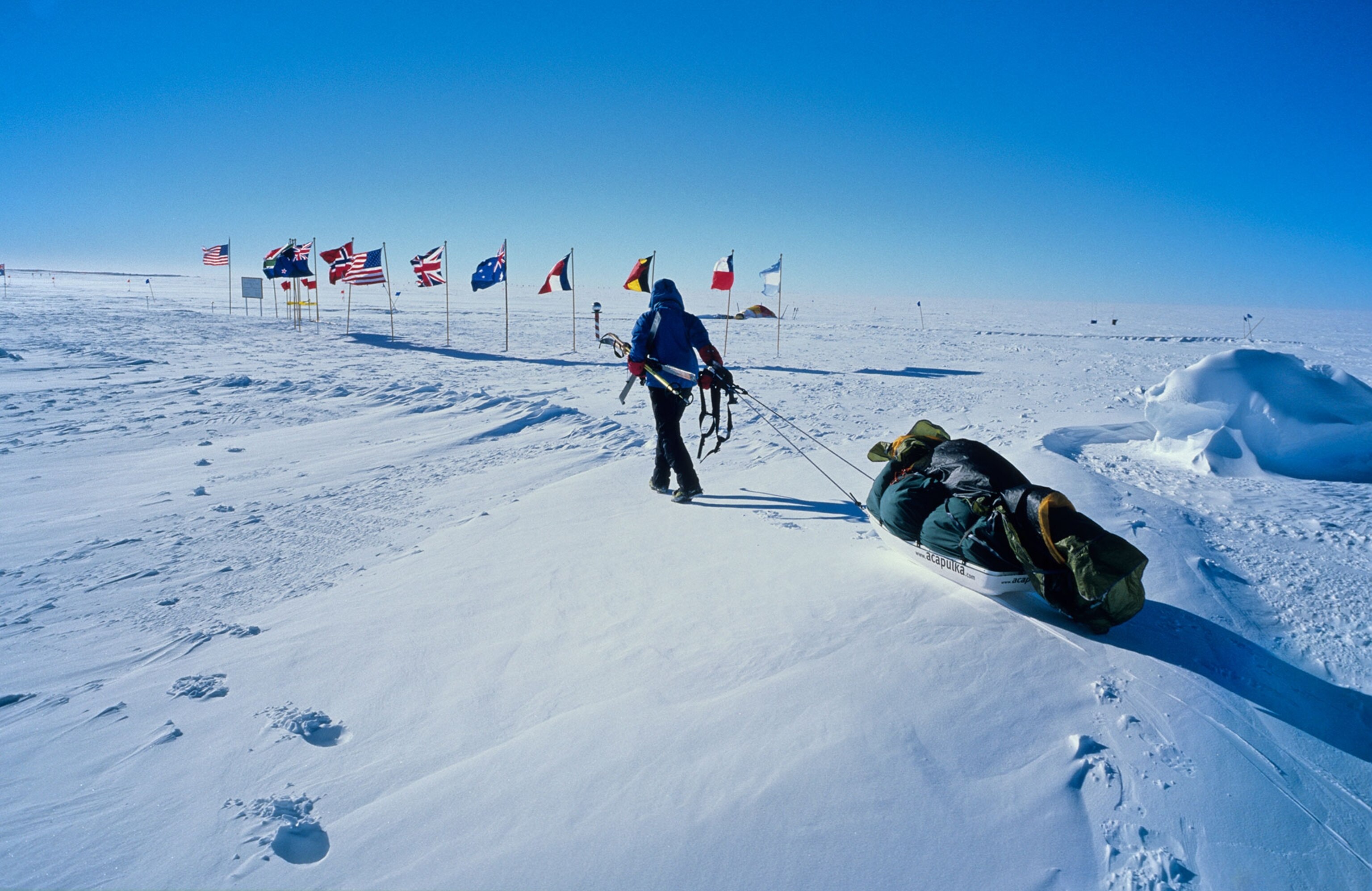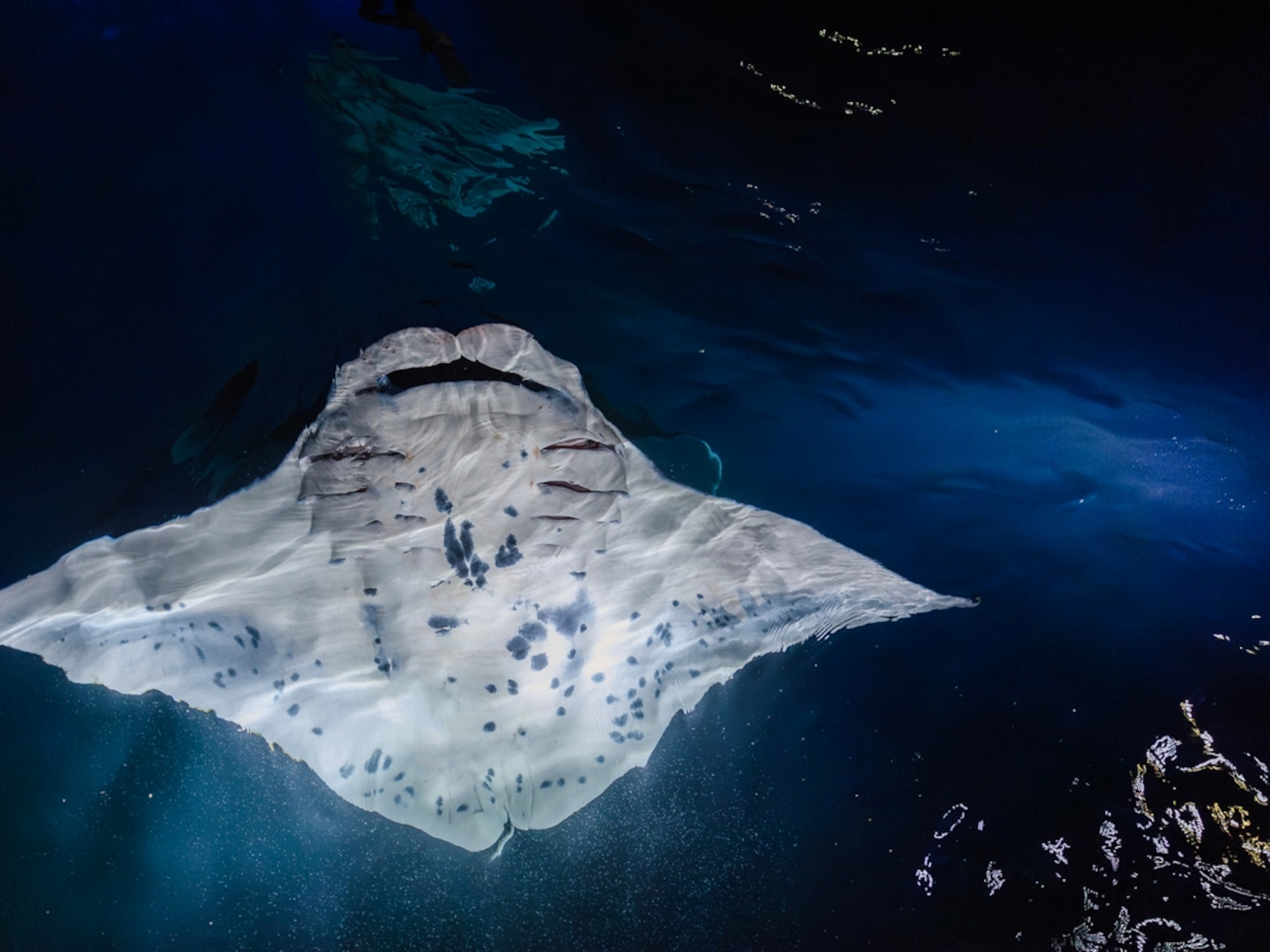
Daring South Pole Rescue Takes Flight in Darkest Winter
In bone-chilling temperatures, a mission to save a South Pole scientist takes off for one of Earth's farthest outposts.
An employee of Lockheed Martin, a government contractor in Antarctica, suffered a serious medical condition requiring a risky evacuation from the Amundsen-Scott South Pole Station, a scientific research base at 90 degrees south. The National Science Foundation is coordinating the effort with Kenn Borek Air, Ltd., a Canadian company with years of experience flying in the Arctic and Antarctic.
The pilots, operating small but tough Twin Otter propeller planes, will face incredibly harsh conditions. In winter, the Amundsen-Scott station is cloaked in absolute darkness 24 hours a day. The temperature is currently hovering around minus 60°C (-76°F), and storms can spring up at any time. Winds and ice can make taking off and landing difficult, if not impossible—and there’s no tarmac runway, just a lane of compacted snow.

The planes can’t fly if the temperature drops below minus 75°C (-103°F), says Kelly Falkner, director of polar programs at the NSF.
“We have to watch the weather. We can’t create more problems by flying in bad conditions,” she says. “We have to plan for contingencies.”
The NSF’s rescue plan involves two aircraft that will fly from Canada via South America to the British Antarctic Survey’s Rothera station on the Antarctic Peninsula. One plane will remain at Rothera as a backup, while the other will fly 1,500 miles farther and reach the pole no earlier than June 19, weather permitting.
There have been only two wintertime medical evacuations, in 2001 and 2003, from the South Pole since the NSF established the Amundsen-Scott station in 1957.
- National Geographic Expeditions
Falkner said the NSF tries to mitigate as many medical situations as possible on-site. The 48 staff members and scientists have a telemedicine link to off-site doctors, and a physician and physician assistant are based at the pole.
“You can’t possibly plan for everything,” Falkner says. “We’re actively working through this and focusing on a positive outcome.”
This is a developing story.





